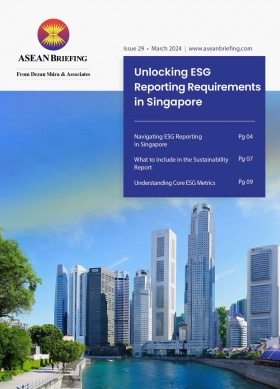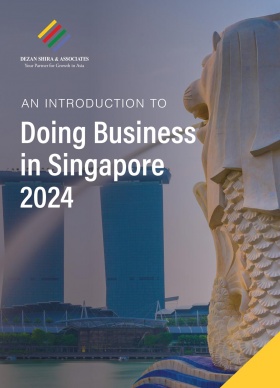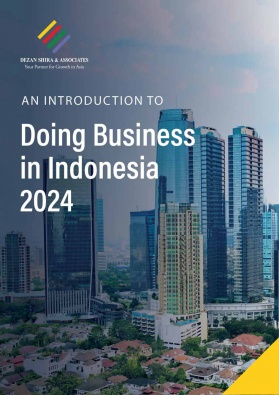Australia Approves Renewable Energy Link to Singapore
The Australian government has approved an ambitious plan to build a 12,400-hectare solar farm in the Northern Territory that would transmit energy to Singapore.
The US$19 billion project, developed by Australian company Sun Cable, will see the company transport the electricity via 800km overhead transmission lines to the city of Darwin. From there, the electricity is transmitted to Singapore through over 4,000km of submarine cables.
Dubbed the Australia-Asia PowerLink, the project aims to deliver 6GW of electricity per year and will be the largest solar precinct in the world. From this total 4GW will be delivered to large-scale industrial customers in Darwin while 2GW will be sent to Singapore. This will supply around 15 percent of the city-state’s electricity needs.
A final investment decision is expected in 2027 and electricity supply would commence by the early 2030s.
Singapore’s future energy mix
The Australian-Asia PowerLink is also part of Singapore’s wider strategy to import up to 4GW of low-carbon electricity by 2035 and achieve its net zero target by 2050. For Singapore to achieve net zero by 2050, its current gas generation would need to halve by 2040.
The country, however, faces key challenges in its energy landscape, these include:
Limited natural resources: Singapore lacks domestic energy resources, such as coal, oil, or natural gas. This forces the country to import nearly all of its fuel, especially natural gas, which is used to generate over 90 percent of its electricity. The cost of importing and transporting these fuels contributes significantly to the overall cost of energy.
Land constraints: The limited land area in Singapore restricts the development of large-scale renewable energy projects, such as solar farms. While solar energy is being deployed, the small scale and high demand for land make it more expensive compared to countries with abundant space for such installations. Additionally, innovative solutions like floating solar farms or urban solar panels are often more expensive than traditional solar projects.
High operational and maintenance costs: Singapore’s energy infrastructure, particularly gas power plants, must meet stringent environmental and efficiency standards. The high costs associated with maintaining and upgrading this infrastructure, along with the skilled labor required to operate it, add to the overall cost of power generation.
Global market exposure: As Singapore imports natural gas, the country’s energy costs are highly sensitive to fluctuations in global energy prices. When global gas prices rise, it directly impacts the cost of electricity in Singapore.
Cross-border interconnections critical for Singapore’s clean energy transition
Singapore must leverage the renewable energy potential of its neighbors in the region to have an energy-resilient future.
Through its 2030 Green Plan, the country aims to develop up to 4GW of interconnections to import clean energy from Indonesia, Vietnam, Malaysia, and Cambodia.
Currently, energy integration in the region is at a nascent stage. The first multilateral power integration project in Southeast Asia, the Lao PDR-Thailand-Malaysia-Singapore Power Integration Project (LTMS-PIP), began in 2022 after extensive negotiations. As part of this initiative, Singapore is importing 100 MW of hydropower from Lao PDR.
The deal ended in June 2024 with a renewal agreement still being discussed.
Australia-Asia PowerLink can spur renewable energy investments in Southeast Asia
As such Australia-Asia PowerLink should be a wake-up call for countries in the region to spur renewable energy investments, particularly since the region’s renewable energy potential goes beyond just solar energy. As the region’s largest renewable energy infrastructure project, it sets a precedent that could encourage governments and private investors to pursue similar ventures.
Further, the project’s advanced technology and infrastructure could pave the way for technology transfer and innovation in Southeast Asia. Countries in the region might adopt similar technologies, leading to improved efficiency and cost-effectiveness in their renewable energy projects.
This is particularly important since energy demand in Southeast Asia is projected to triple by 2050. A reliance on fossil fuels could result in the region becoming a net importer of gas by 2050 and a net importer of coal by 2039.
About Us
ASEAN Briefing is produced by Dezan Shira & Associates. The firm assists foreign investors throughout Asia and maintains offices throughout ASEAN, including in Singapore, Hanoi, Ho Chi Minh City, and Da Nang in Vietnam, in addition to Jakarta, in Indonesia. We also have partner firms in Malaysia, the Philippines, and Thailand as well as our practices in China and India. Please contact us at asean@dezshira.com or visit our website at www.dezshira.com.







